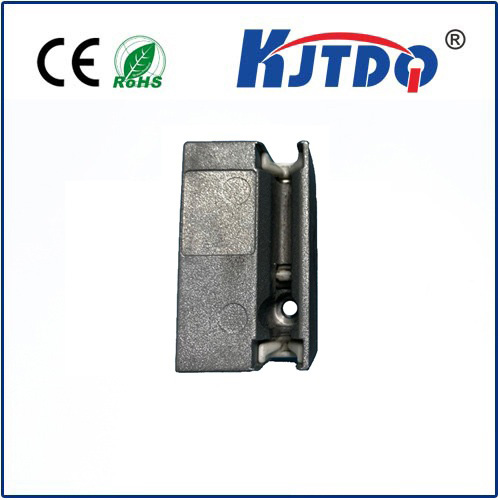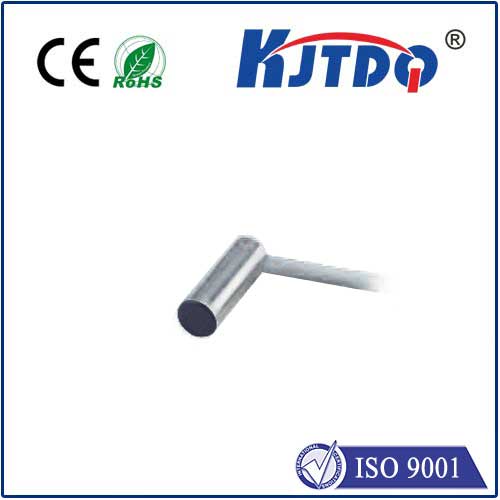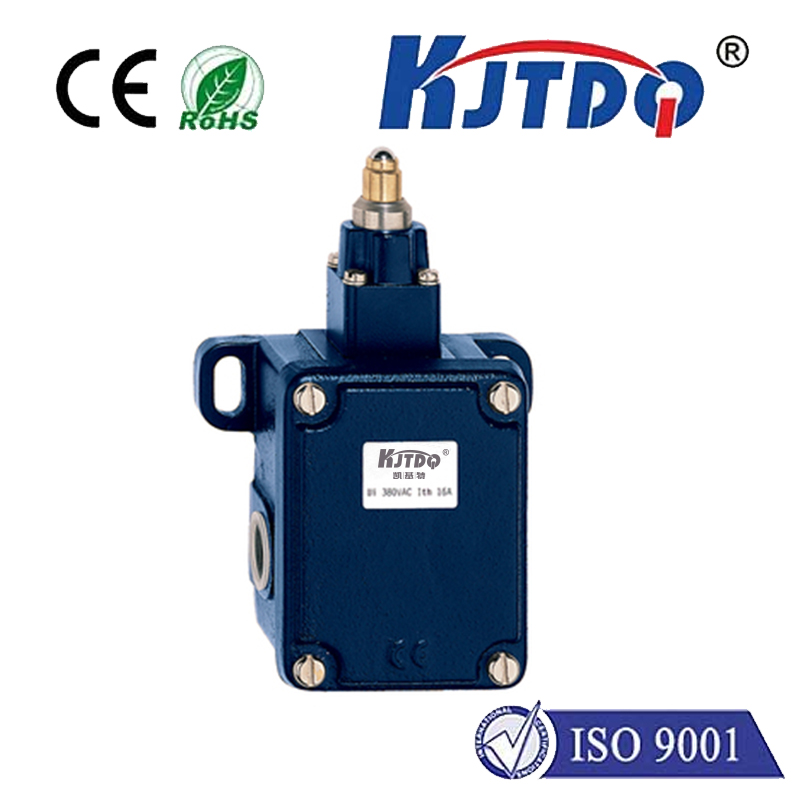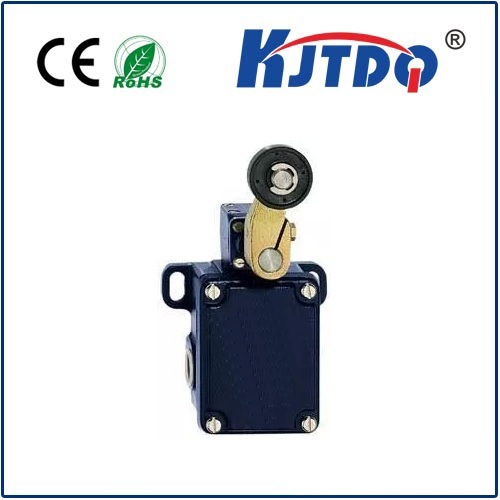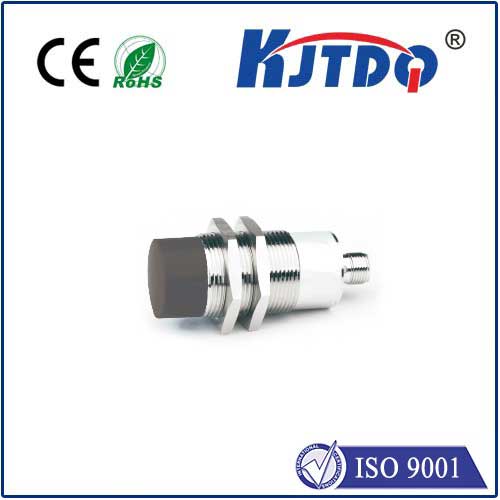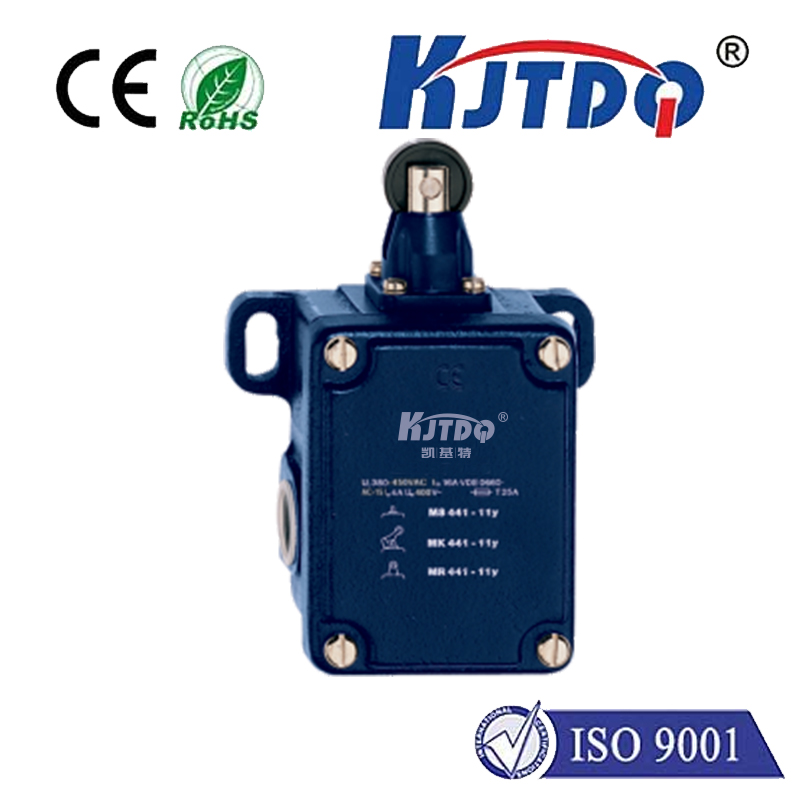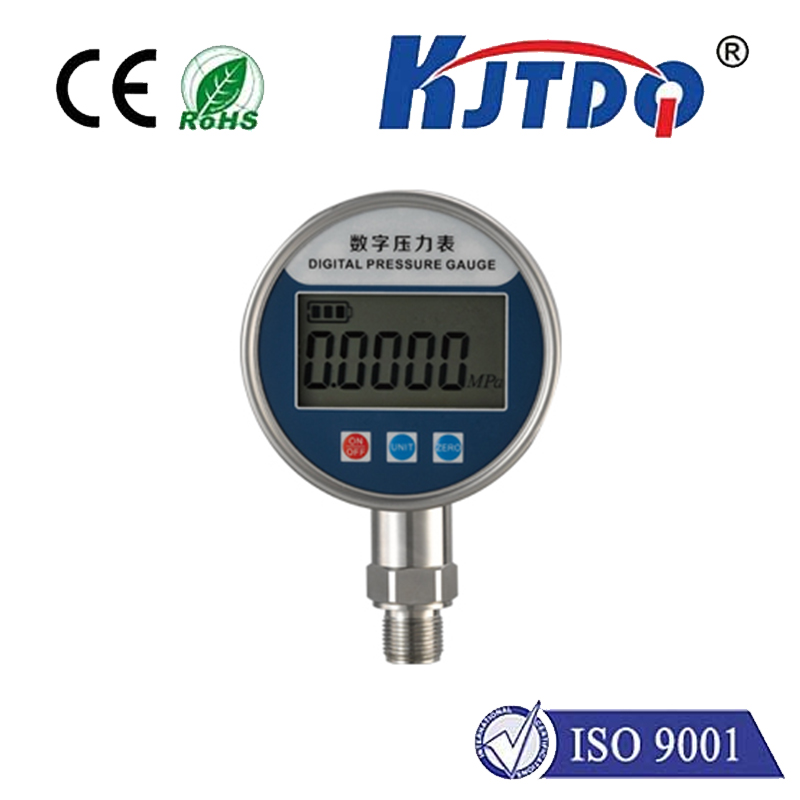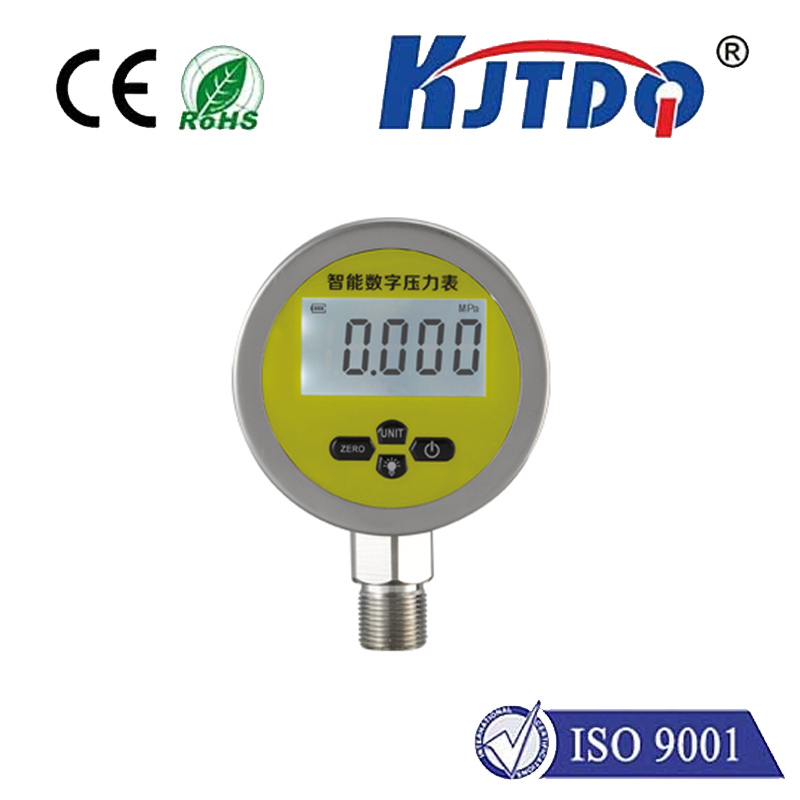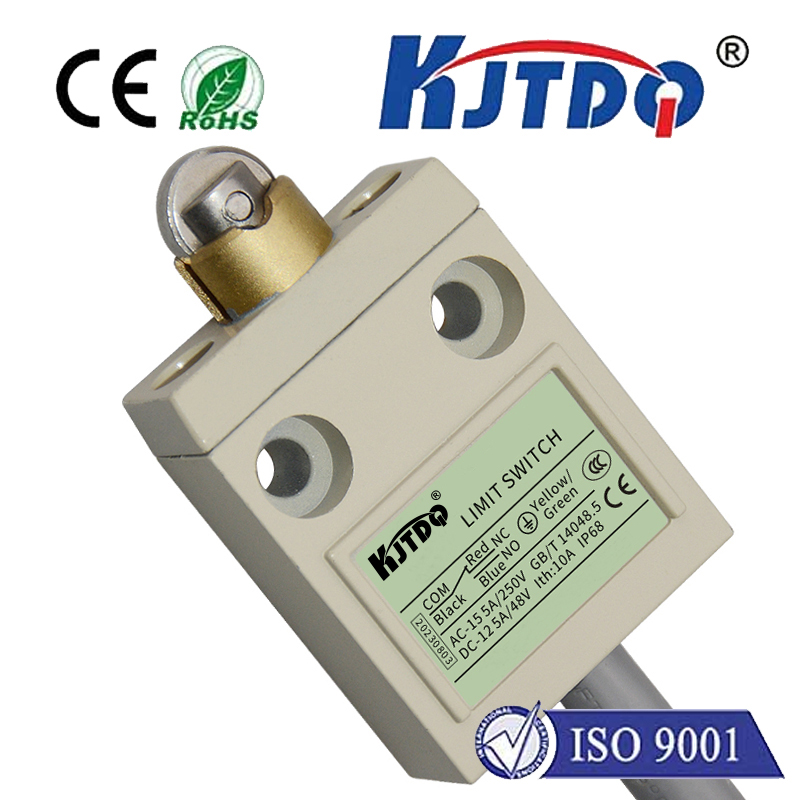
check

check

check

check
A tag sensor is a sensor used to detect and read tags, tags or identifiers. It uses the interaction between tags and sensors to read the information on the tag and transmit it to a computer or other system for identification or data processing.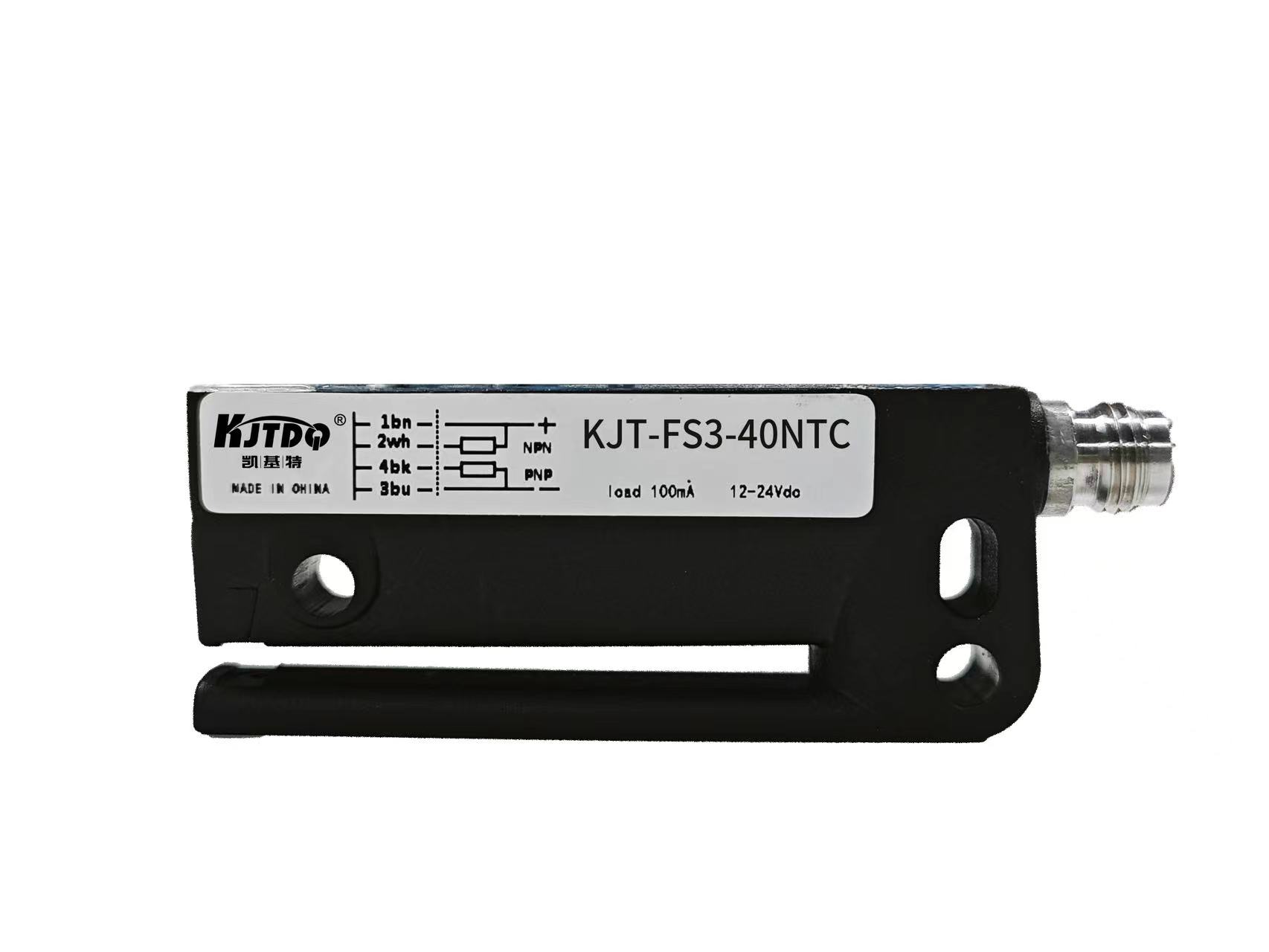
The working principle of the tag sensor is based on RFID technology, that is, radio frequency identification technology. RFID is a non-contact automatic identification technology that automatically identifies and tracks targets through radio wave communication. Among tag sensors, an RFID tag usually includes a chip and an antenna. When the antenna of the RFID reader is close to the tag, the reader will send a radio frequency signal to the tag. After the chip in the RFID tag receives the radio frequency signal, it activates and sends its stored information (such as a unique identification code) back to the reader. After the reader receives the information sent by the tag, it can transmit it to a computer or other system for identification or data processing.
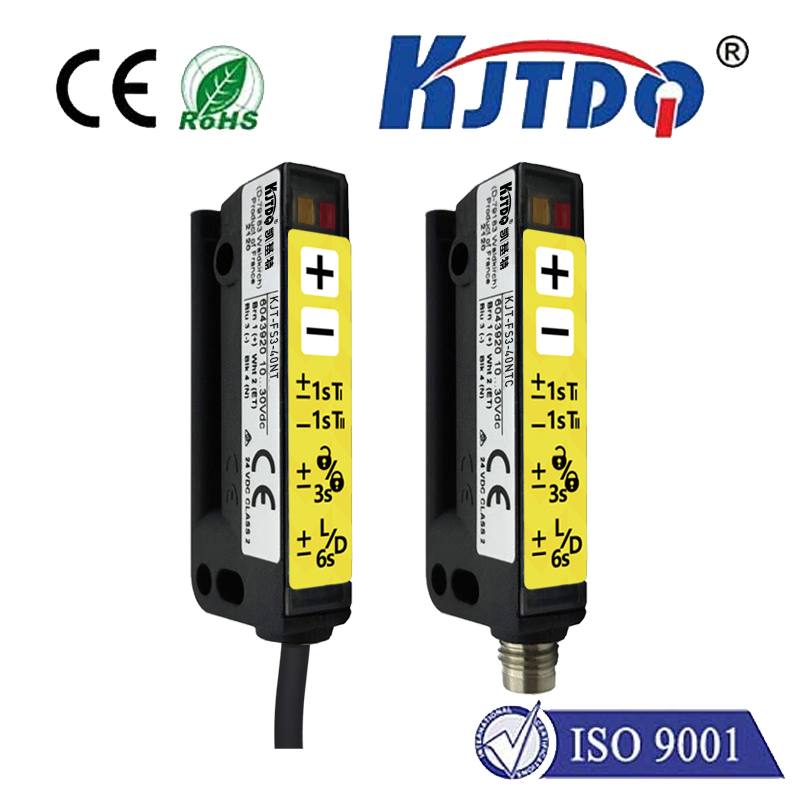
In addition to RFID technology, tag sensors may also use other technologies, such as optical technology (such as transmission or reflection optical technology). These technologies can be used in conjunction with RFID technology for more accurate tag detection and identification.
Tag sensors are widely used in various fields, such as logistics management, production and manufacturing, intelligent manufacturing, etc. It can play an important role in improving production efficiency, reducing costs, and enhancing safety.
